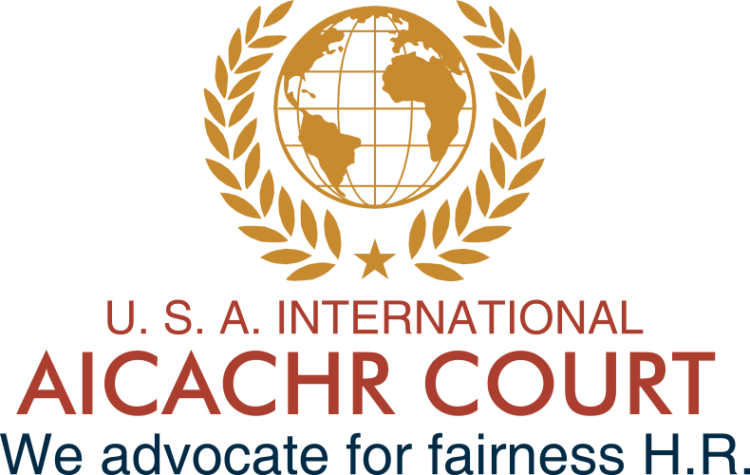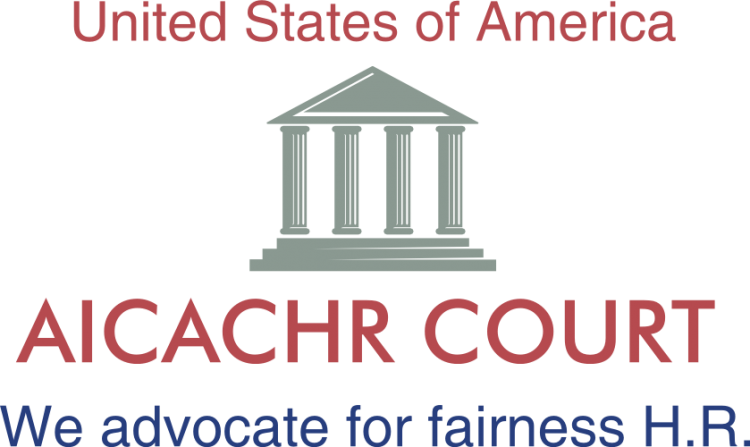Related Posts
“Inmigración a los Estados Unidos de América y sus Implicaciones en los Derechos Humanos.”
Este mes se cumplen 9 años desde que el Colegio de Abogados de EE.UU. “A.B.A.” avisó...
Han pasado 60 años desde que entró en vigencia la Convención de Nueva York en Sentencias Arbitraje Extranjero
Han pasado 60 años desde que entró en vigencia la Convención de Nueva York sobre el...


